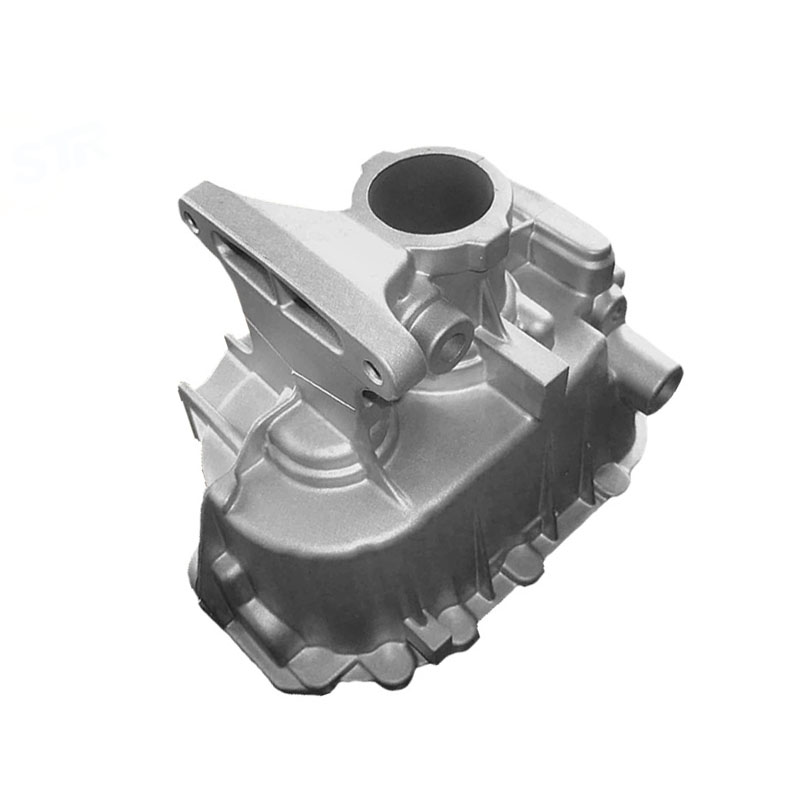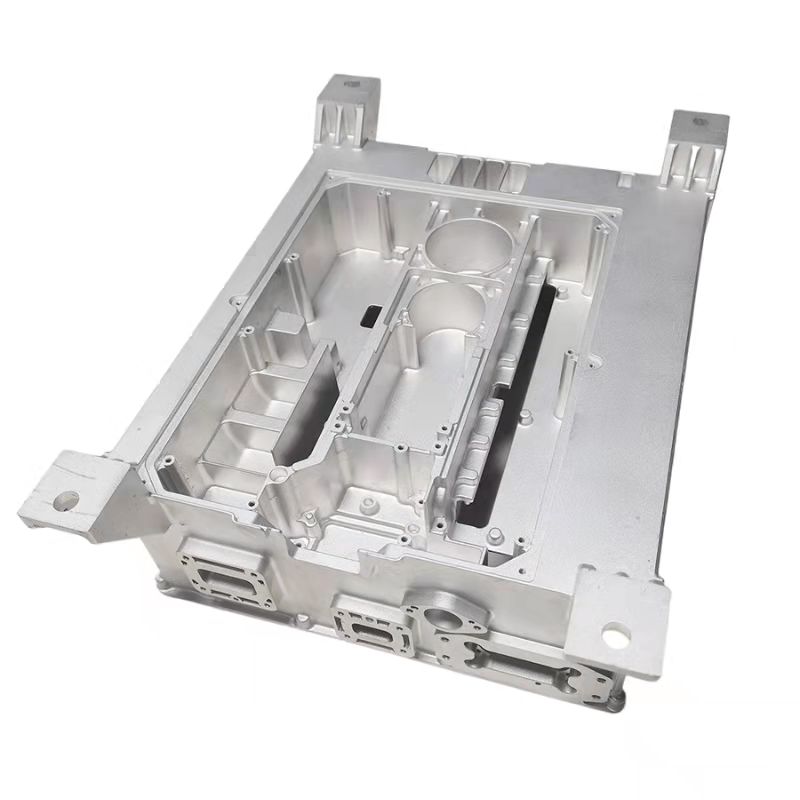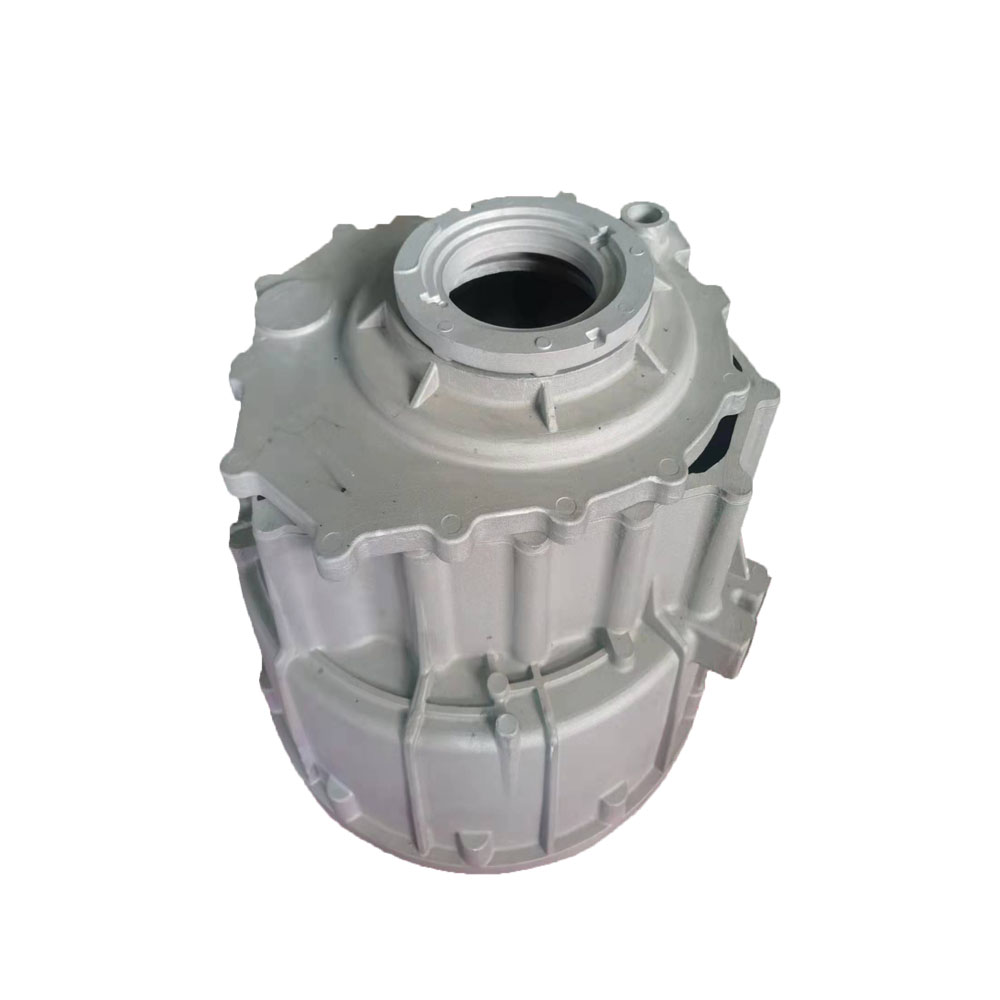Deciding which manufacturing process to choose can be difficult; there are many different factors to consider. You can start with the die casting process as it provides the quantities you need and the tolerances you need. However, next you may need to switch to a different manufacturing process. This can happen if the demand for parts changes, or if your lead time or quality needs change.
 When to choose CNC machining over casting
When to choose CNC machining over casting
If you started with die casting, why choose to redesign your parts and switch to CNC machining? While casting is more cost-effective for high volume parts, CNC machining is the best option for low to medium volume parts.
CNC machining is better able to meet tight lead times because there is no need to manufacture molds, time or cost in advance during the machining process. Also, die casting often requires machining as a secondary operation anyway. Post machining is used to achieve certain surface finishes, drill and tap holes, and meet the tight tolerances of cast parts that mate with other parts in the assembly. And post-processing requires custom fixtures, which is inherently complex.
CNC machining also produces higher quality parts. You can be more confident that every part will be consistently manufactured within your tolerances. CNC machining is naturally a more precise manufacturing process and there is no risk of defects such as pores, depressions and improper filling that occur during casting.
Additionally, casting complex geometries requires more complex molds, as well as additional components such as cores, slides or inserts. All of this adds up to a significant investment in cost and time even before production begins. Not only complex parts make more sense for CNC machining. For example, CNC machines can easily manufacture flat panels by machining stock material to the desired size and thickness. But casting the same sheet of metal can easily lead to filling, warping or sinking problems.
 How to Convert a Casting Design to a CNC Machining Design
How to Convert a Casting Design to a CNC Machining Design
If you decide to redesign your part to be more CNC-friendly, there are several key adjustments you need to make. You must consider draft angles, grooves and cavities, wall thickness, critical dimensions and tolerances, and material selection.
Remove draft angle
If you originally designed the part with casting in mind, it should include the draft angle. As with injection molding, the draft angle is very important so that the part can be removed from the mold after cooling. When machining, the draft angle is unnecessary and should be removed. Designs that include draft angles require a ball end mill to machine and increase your overall machining time. Extra machine time, extra tooling and extra tool change operations mean extra cost - so save some money and forgo the draft angle design!
Avoid large, deep grooves and hollow cavities
In casting, shrinkage cavities and hollow cavities are generally avoided because thicker areas tend to fill poorly and can lead to defects such as dents. These same functions take a long time to process, and doing so creates a lot of wasted material. And, because all the force is on one side, the stress of machining a deep cavity can cause warpage once the part is released from the fixture. If the grooves are not a critical design feature, consider filling them if you can afford the extra weight, or adding ribs or gussets to prevent warping or warping.

The thicker the wall, the better
Again, you need to consider wall thickness. Recommended wall thicknesses for castings depend on structure, function, and material, but are typically relatively thin, ranging from 0.0787-0.138 inches (2.0-3.5 mm). For very small parts, the wall thickness can be even smaller, but requires fine-tuning of the casting process. On the other hand, CNC machining has no upper limit on wall thickness. In fact, thicker is usually better because it means less machining and less material waste. In addition, you avoid any risk of warping or deflection of thin-walled parts during machining.
Tight tolerance
Casting often doesn't hold the tight tolerances that CNC machining can, so you may have made concessions or compromises in your casting design. With CNC machining, you can fully realize your design intent and manufacture more precise parts by eliminating these compromises and enforcing tighter tolerances.
Consider using a wider range of materials
Last but not least, CNC machining offers a wider selection of materials than casting. Aluminum is a very common die casting material. Zinc and magnesium are also commonly used in die casting. Other metals, such as brass, copper, and lead, require more special handling to create quality parts. Carbon steel, alloy steel and stainless steel are rarely die cast because they tend to rust.
On the other hand, in CNC machining, there are more metals that are suitable for machining. You can even try making your parts out of plastic, as there are many plastics that also work well and have useful material properties.
In conclusion
While casting is a great process in some cases, CNC machining is sometimes better suited to the functional or manufacturing needs of the part. If this is the case, be sure to redesign your part for the most efficient and economical CNC machining process.
Anyway, whether it is die casting process or CNC machining, it is Sunbright's competitive machining process. If you have machining needs, please tell us your requirements and expectations, we will provide you with a one-stop solution and one-stop service from design , Development to production to meet your needs in an all-round way. One of your choices, Sunbright gives you a satisfactory presentation.
----------------------------------------------------------------END---------------------------------------------------------------------------------
Edit By Rebecca Wang



